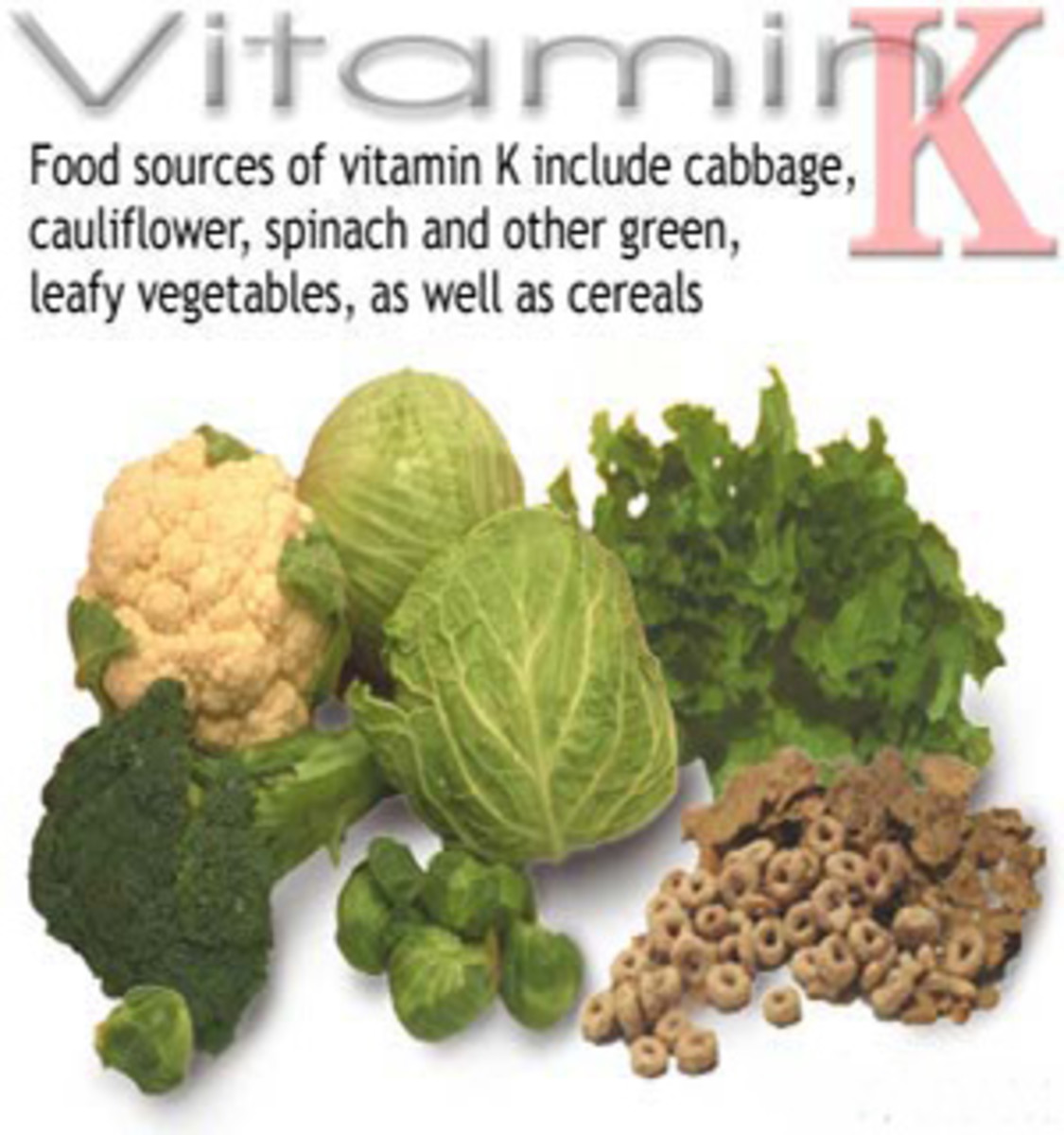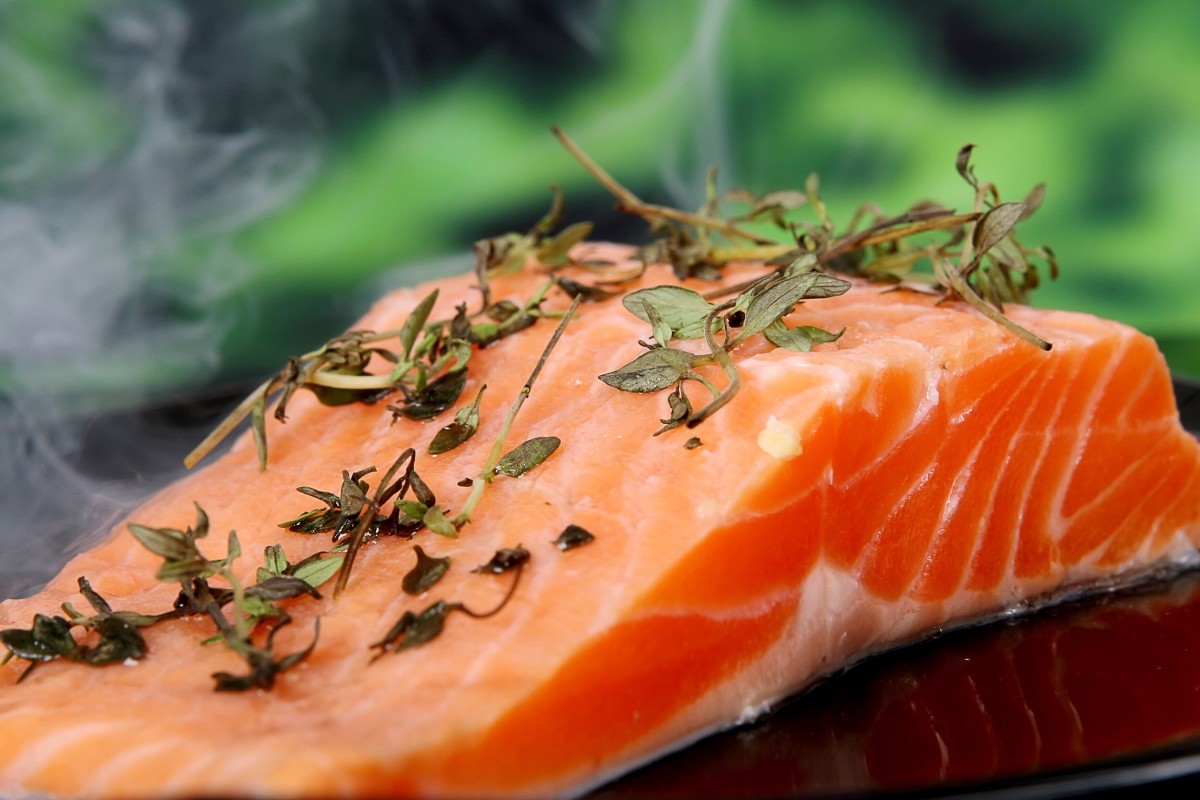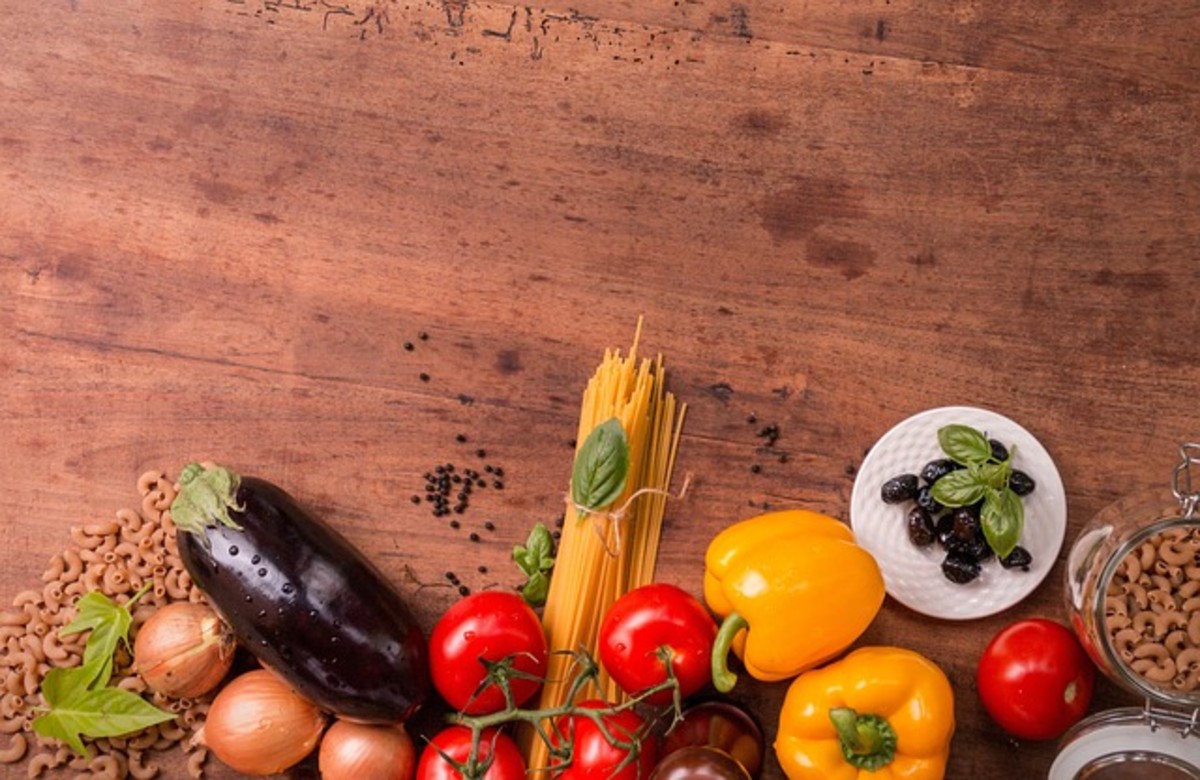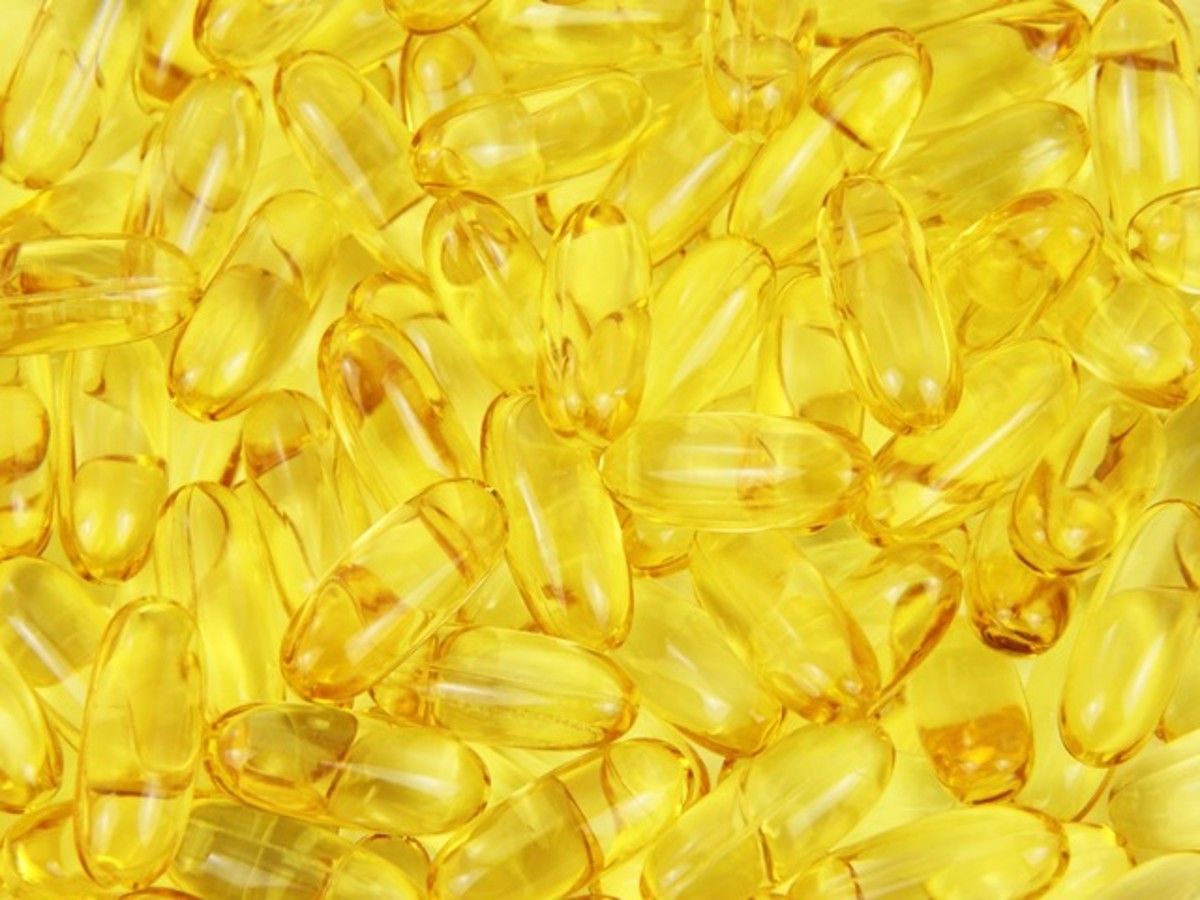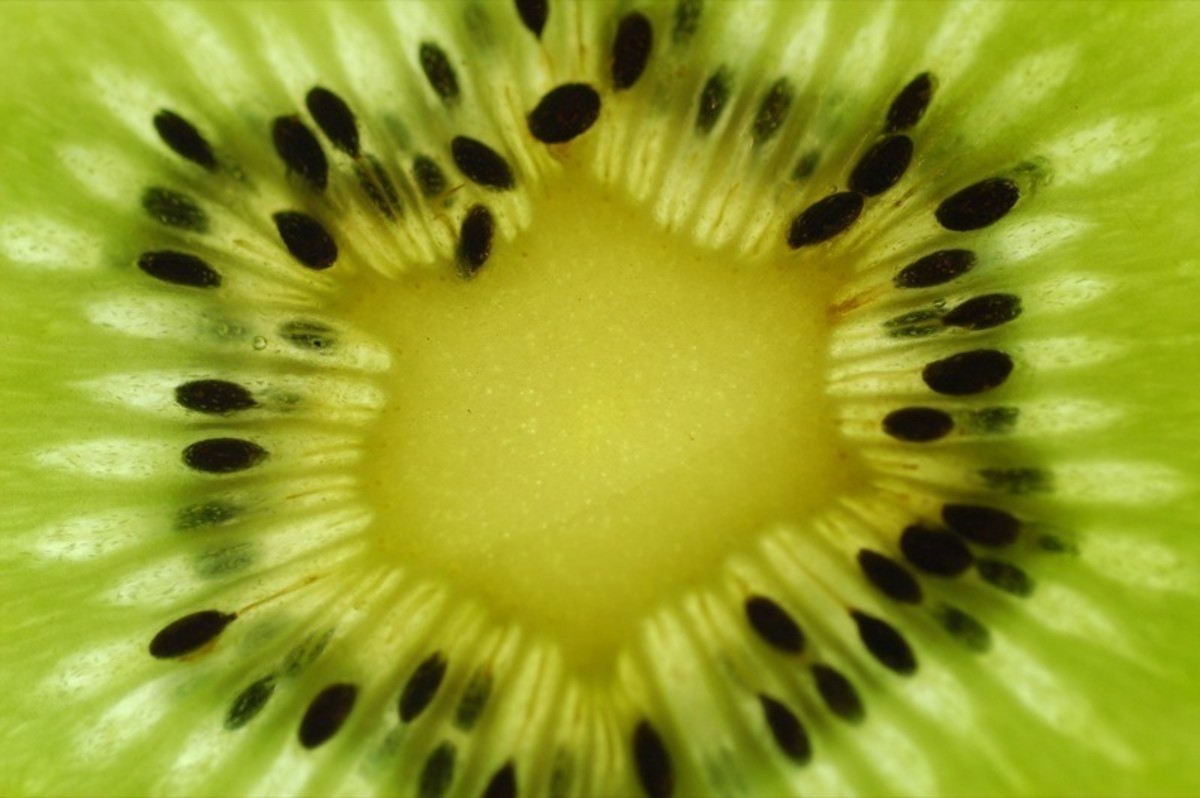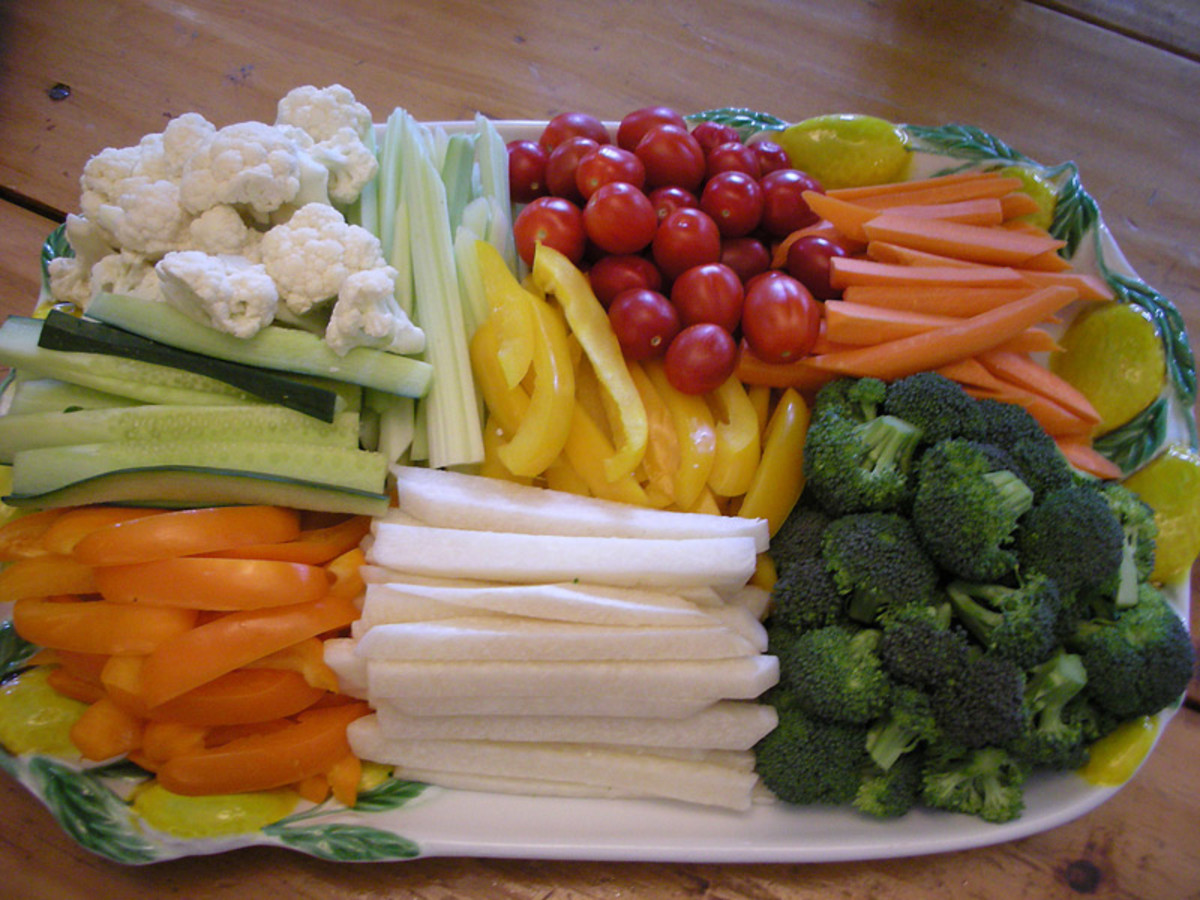Vitamin K food sources
Vitamin K
Vitamin K is a fat soluble, hydrophobic vitamin used in the conversion of proteins in the body. The hydrophobic part means that it does not merge well with water. The fat-soluble part means that it gets carried in a fat. Vitamin K has two main and very important properties that help the body. Chiefly it is used for blood coagulating. This is done by vitamin K combining carboxyl with glutamic acid during clotting of the blood. It’s what causes our blood to clot on a bleeding cut and start the healing process.
The second health providing benefit of vitamin k is to aid in the transition of proteins into Osteocalcin. Osteocalcin helps in building the bone mineral density of the body. Basically It is how strong the bones are by bringing minerals to be added into the bone and making them more dense.
There are two main types of vitamin K. Phylloquinone is vitamin K1 and is the most common. It is only acquired by eating foods that contain vitamin K1. Menaquinone is K2 and is created by bacteria in the large intestine. Both kinds of vitamin handle the same two jobs of blood clotting and bone strength building.
Vitamin K foods can help prevent a deficiency
A regular diet including vitamin K foods added with natural bacterial activity can usually address an adequate amount of vitamin k that the human body will use. Keep in mind, this is under normal circumstances and there are some special cases where a body can become vitamin k deficient. Those at risk of vitamin k deficiency are those that consume large amounts of alcohol or that have liver complications. Also any intestinal disorders can give stress to the vitamin k producing bacteria. Antibiotics are not choosey in the bacteria that they kill off and can destroy the good bacteria in the intestine that makes Vitamin K2.
The symptoms of vitamin K deficiency are related to the two main benefits. A difficulty in blood clotting is the more evident of the two and the simplest to fix. Blood will have difficulties coagulating when not in the presence of vitamin K so increasing vitamin k levels up in the body should have a quick fix.
The second deficiency concern is more long term and harder to heal. Because of its role in bone mineral density, a vitamin k deficiency can contribute to Osteoporosis. Osteoporosis is a disease that weakens the bone strength to the point where they become brittle.
Vitamin K Foods
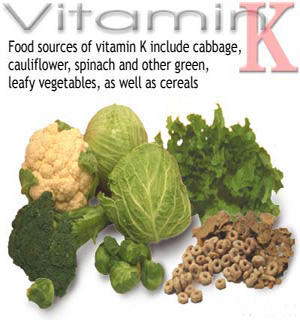
Sources of Vitamin K
As stated earlier, Vitamin K2 is made in the body by bacteria living in
the large intestine. As long as the large intestine continues to be
healthy then bacteria keeps producing. Vitamin K1 on the other hand
cannot be created by the body and has to be gained through food or
supplemental vitamins. Spinach and broccoli are good sources of vitamin
K1. Parsley, and cabbage are some other vegetables high in vitamin K. Kiwis
and avocados are also good choices. Oils such as soybean oil have
a large quantity of vitamin K. The higher caloric count might
outbalance the vitamin K benefits though.
One problem with vitamin K is that the bioavailability is low.
Bioavailability is a measurement of how well the human body can absorb
food and vitamins. Vitamin K1 has a low bioavailability in partially
because of its hydrophobic qualities. Another of its qualities can can
nearly equal this out. Because vitamin k is fat soluble, the addition
of fats at at time of consumption can increase the body’s ability to
absorb the vitamin.
A supplemental pill could be the best way to increase your vitamin K
intake. There is no known toxicity concerns so one cannot take too much
vitamin K. Health benefits of improved coagulating and bone structure
have been observed by taking amounts over the recommended daily
allowance. Since vitamin K has a low bioavailability, a person may not
retain all the vitamin K that they eat through vegetables. Vitamin
supplements give an extra boost in the amount absorbed.

